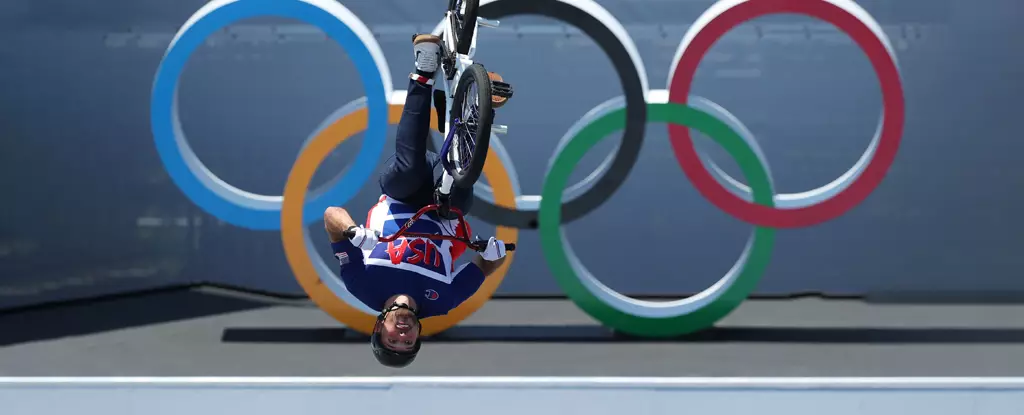The addition of new sports to the Olympic Games brings excitement and diversity to the world’s premier sporting event. The 2020 Tokyo Olympics witnessed the inclusion of karate, climbing, and other sports, expanding the traditional repertoire of athletic competitions. However, alongside the thrill of innovation, researchers have identified a concerning trend regarding injuries among athletes participating in these newly introduced sports.
The International Olympic Committee (IOC) conducted a detailed audit of injuries and illnesses during the Tokyo Olympics, with the findings shedding light on the impact of the new sports. While the overall injury rate remained similar to previous games, the data revealed a disproportionate number of injuries in specific sports such as boxing, BMX racing, BMX freestyle, skateboarding, and karate. These findings raise questions about the safety protocols and training practices in place for athletes engaging in these disciplines.
Factors Contributing to Injuries
The researchers investigating the uptick in injuries among athletes participating in new sports pointed to various factors that could have influenced the injury rates. These factors range from environmental conditions, venue design, track layouts, equipment standards, to athlete training regimens. The complexity of these variables underscores the necessity for continuous monitoring and assessment to identify potential risks and implement targeted preventative measures.
The scorching temperatures experienced during the Tokyo Olympics posed a significant challenge for athletes, leading to heat-related illnesses among a significant number of participants. The IOC’s efforts to mitigate the impact of heat included event relocations, training recommendations, hydration protocols, shade provisions, and post-event recovery strategies. While these measures helped prevent severe cases of heat illness, the researchers recommended future games be held in cooler environments to minimize the need for extensive heat countermeasures.
Recommendations for Future Events
The comprehensive analysis of injuries and illnesses at the Tokyo Olympics provides valuable insights for the planning and execution of future sporting events. The researchers emphasize the importance of data-driven decision-making in enhancing athlete safety and well-being. By leveraging the findings from the injury audit, sports governing bodies can refine their regulations, training programs, and event management practices to minimize risks and optimize the athletic experience for participants.
The intersection of sports, health, and innovation at the Olympic Games underscores the need for a holistic approach to athlete well-being. As new sports continue to shape the landscape of the Olympics, proactive measures must be taken to ensure the safety and resilience of athletes across all disciplines. By learning from past experiences and embracing a culture of continuous improvement, the Olympic movement can uphold its commitment to excellence and inclusivity for generations to come.


Leave a Reply